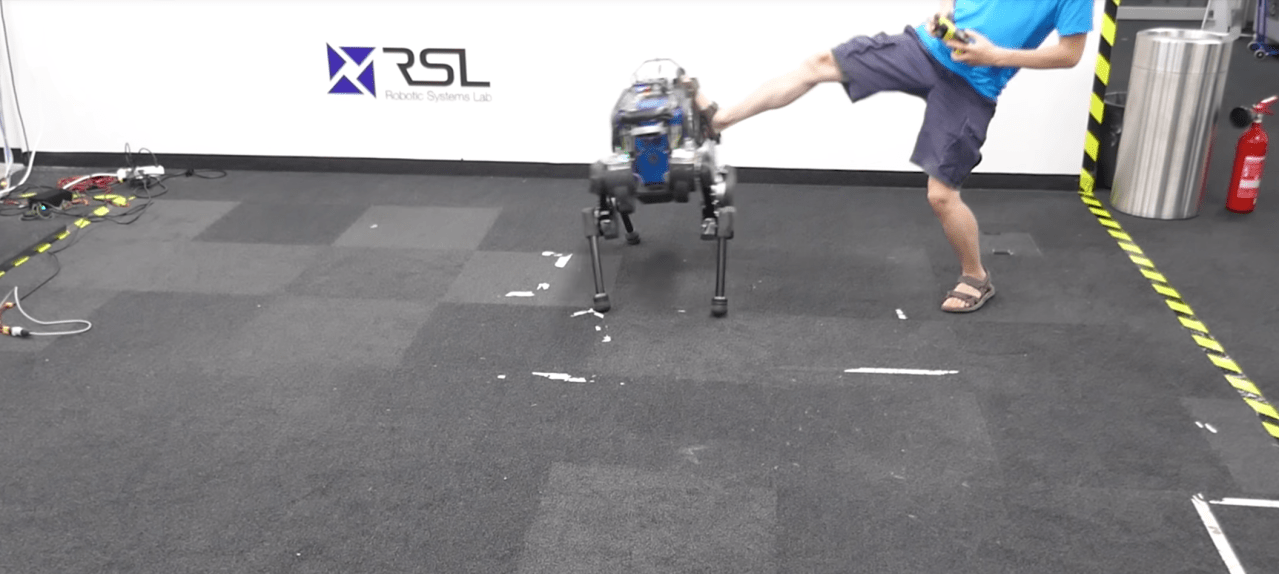As the demand for advanced robotics continues to flourish, researchers are exploring innovative methods to train robotic systems more effectively and efficiently. A recent breakthrough from the Robotic Systems Lab in Zurich has highlighted the transformative potential of simulation in teaching robots complex maneuvers. This study centers on the ANYmal robot, demonstrating how simulations can significantly reduce the time and cost associated with training robotic models.
The Evolution of Robotic Training
Traditionally, training robots has been a slow and resource-intensive process, often requiring extensive real-world trial and error. The costs associated with developing and maintaining advanced robots may deter many organizations from pursuing robotic solutions. However, the research team in Zurich has discovered that simulating various training scenarios can streamline this process, allowing rapid iterations and testing without the high stakes of real-world training.
How Simulation Enhances Robot Learning
The core of this innovative approach lies in the ability to run thousands of virtual simulations concurrently. This allows researchers to create diverse learning environments where the ANYmal quadrupedal robot can practice and refine its movements. Here are some key advantages of using simulation for robot training:
- Real-time Learning: By running over 2,000 simulated instances of ANYmal, researchers can quickly analyze performance and identify the most effective training strategies.
- Diverse Scenarios: Simulation enables the exploration of various conditions and configurations that might be too dangerous or time-consuming to recreate in reality, including teaching the robot to recover from falls.
- Cost-Effectiveness: Conducting training in a virtual environment significantly reduces the expenses related to physical prototypes and allows the reallocation of resources to other critical aspects of robot design.
Achievements Through Simulation
The findings from the study showcase remarkable advancements in the ANYmal robot’s capabilities. Researchers reported that the quadrupedal robot began to:
- Execute body velocity commands with precision and efficiency
- Increase running speed
- Recover from falls adeptly in complex positions
These outcomes mark a significant leap in robotic locomotion, showing how simulated training can foster enhanced agility and resilience in robots. The potential applications of such innovations span from autonomous navigation in rugged terrains to search-and-rescue operations—fields that stand to benefit enormously from improved robotic capabilities.
Implementing The Findings
The lessons learned from simulations can be effectively transferred to the physical robot, thereby shortening the gap between artificial training and real-world execution. Companies in the field of autonomous systems can take notes from this approach to refine their vehicles, robots, and AI systems further, leading to increased safety and reliability. The meticulous execution of testing and refining via simulation paves the way for more advanced, adaptable machines.
The Future of Robotic Learning
As the field of robotics navigates through uncharted waters of technology, the integration of simulation into training protocols heralds a new era. This approach not only enhances the training possibilities for existing models, like the ANYmal robot but also inspires future developments in robotic learning mechanisms.
Conclusion
In an era defined by rapid technological advancement, the ability to safely and efficiently train robots using simulation stands as a critical leap forward. This approach offers scalable methods to create highly capable robotic systems that can positively impact numerous industries. As research continues to evolve, the collaboration of simulation and robotics promises to unlock new possibilities for machines that can adeptly navigate the complexities of the real world.
At fxis.ai, we believe that such advancements are crucial for the future of AI, as they enable more comprehensive and effective solutions. Our team is continually exploring new methodologies to push the envelope in artificial intelligence, ensuring that our clients benefit from the latest technological innovations. For more insights, updates, or to collaborate on AI development projects, stay connected with fxis.ai.

